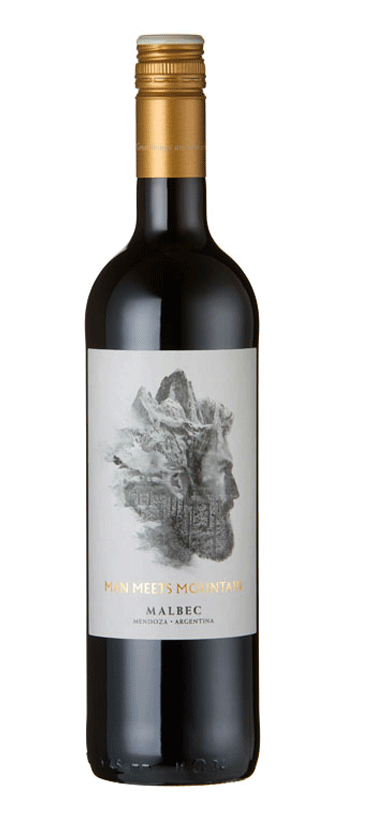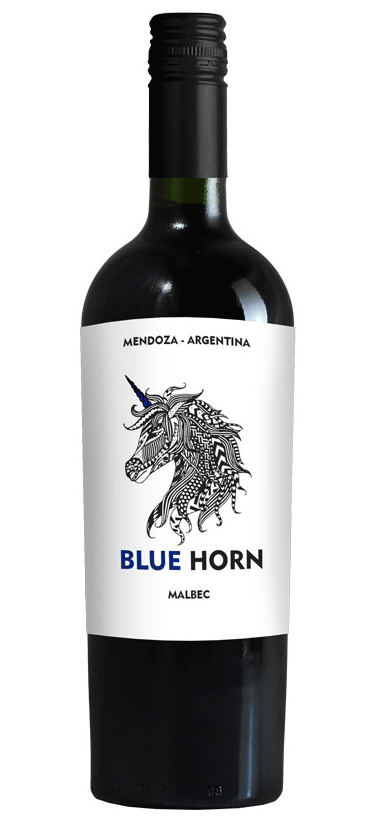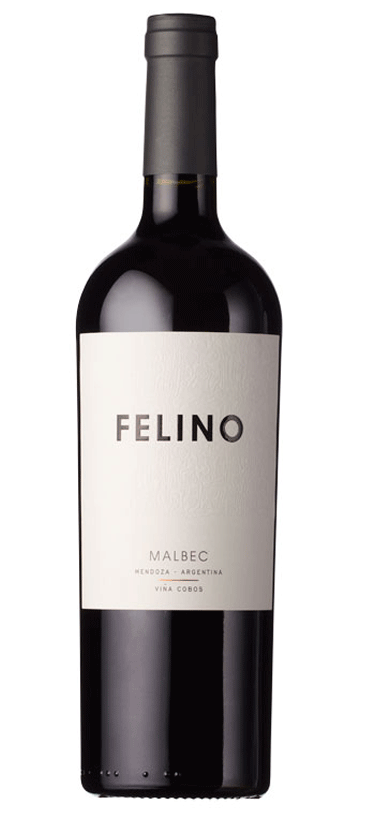You must be of legal drinking age to enter this site

Don't worry. Your search results will include similar terms and products to make finding your products easier and quicker.
Our Fast Order feature is a great tool that collates your most popular items and makes it easier to order them again.
20 April 2022 - Justin Sims
If you’ve ever been to central or northern Argentina during the summer months, you’ll know it gets pretty chuffing hot at a low level. Too hot and too dry for cultivating wine grapes. Gain some elevation and it cools down sufficiently to give the vines a sporting chance. The higher you climb, the more favourable it becomes, especially if you want to create quality wines with structure, balance and elegance.
Altitude is the magic ingredient behind Argentina’s viticultural success.

With around 70% of Argentina’s wine production coming from the Mendoza region, just north of central Argentina, we should start here first.
Most vineyards lie between 600 – 1,100 metres above sea level (masl). To give you some context, that’s basically where most of our tallest peaks fall into from the Yorkshire Dales to Snowdonia and the Lake District to the Scottish Highlands.
With the Andes mountains forming the natural western border of the country, the various plateaux in the foothills provide the elevation along with another vital ingredient for viticulture; water. The snowmelt offers plenty of natural water for irrigation, a necessity in the height of summer even up at these altitudes.
Heading north from Mendoza, you pass through San Juan (the second largest wine region), La Rioja and Catamarca before hitting Salta, which butts up to the Paraguayan border. Once you hit La Rioja, the vineyards gain even more height to counter the equatorial heat. The same applies to Salta where vineyards can top 3,000 masl making them some of the highest in the world.

You only need to stand on one of our peaks as the sun goes down to feel the sudden drop in temperature. The same thing applies in Argentina only the differential is that much greater. This broad diurnal range effectively slows down the vine’s growth rate and then the grapes’ ripening rate so that all the elements in the grape; acids, phenolics, tannins, etc. are all in balance.
The other important natural factor that affects the vines at this altitude is solar radiation. As you gain altitude, natural ultraviolet radiation increases which, along with the heat, aids the phenolic development of the grape skins. The skins are where you find a lot of the flavour compounds and favourable tannins that are desirable in the final wine.

No prizes for guessing Argentina’s most planted grape variety but it hasn’t always been the case.
Malbec’s history dates back nearly 170 years when the first cuttings were introduced from Bordeaux. It’s popularity steadily grew over the next century. By the early 1960s it was the most planted grape variety in the country but bizarrely it took a sudden downturn. As Argentineans consumed more and more wine, producers looked towards more productive native varietals to keep up with the growing demand. By the mid 90s, Malbec plantings had declined by a whopping 80%, more or less eradicating it from Mendoza!
My how fortunes have changed. Alongside Maradona’s recovery from a broken ankle in 1983, Malbec’s return to prominence will possibly go down as the greatest comeback Argentina has witnessed. Today, Malbec leads the pack again representing over one fifth of total plantings and it’s showing no signs of slowing.
Aside from Malbec, the other leading red varietals are Bonarda, Cabernet Sauvignon, Syrah, Tempranillo and Merlot. Cabernet Franc and Pinot Noir are also gaining greater exposure albeit off a very small base.
As for white wine varietals, the most planted is the little-known Pedro Giménez (native to Argentina) followed by Torrontés, Chardonnay, Muscat of Alexandria, Sauvignon Blanc and Chenin Blanc.
Given the fact it was World Malbec Day on 17th April, we should dedicate this section to the one and only.
Here’s what you can expect to taste as you move around and climb within the Mendoza region.

Starting in the eastern province of Rivadavia, vineyards lie between 630 – 720 masl and summer daytime temperatures average a less than comfortable 30°C. There are a lot of older Malbec vines in the Medrano sub-region and this gives the roundness and purple fruit injection to Man Meets Mountain Malbec. The other component comes from Vistalba, which is in the neighbouring region of Lujàn de Cuyo (at 1,000 masl). The alluvial soils and marginally cooler growing season add a little structure to the Medrano component and stops the wine tasting too jammy. The net result, a deliciously smooth and easy-drinking Malbec that’s perfect with or without food.

When you increase the Lujàn de Cuyo element and add in a little Uco Valley fruit, as with the Blue Horn Malbec, you have a higher range (900 – 1,100 masl) and a fresher tasting style of Malbec. The tannins are juicier and the acidity is a little more pronounced which gives the fruit a bit more of a lift. This is the effect of slightly cooler temperatures and the increase in diurnal variation. What it means is that you have a more food-friendly style; we’re talking charcuterie, beef risotto or classic lasagne.

If you want an insight into Malbec’s potential to create super-premium stuff that gets all the world's critics in a fizz, you have to try Viña Cobos’ wines. Take top Californian winemaker, Paul Hobbs, working with some of the best vineyard sites in the Uco Valley and Lujàn de Cuyo at 1,050 – 1,200 masl, and you literally hit new heights in quality terms. The amazing colour intensity lifted floral and fresh fruit aromas that you won’t want to stop inhaling and a taste sensation that will leave you smiling like a Cheshire Cat is what you’ll experience from the aptly named Felino Malbec. Bring on the steaks and don’t scrimp!
These are just a taster of what we stock from Argentina. Check out our full range of Malbecs and other varietals here and please get in touch for more details. Salud!